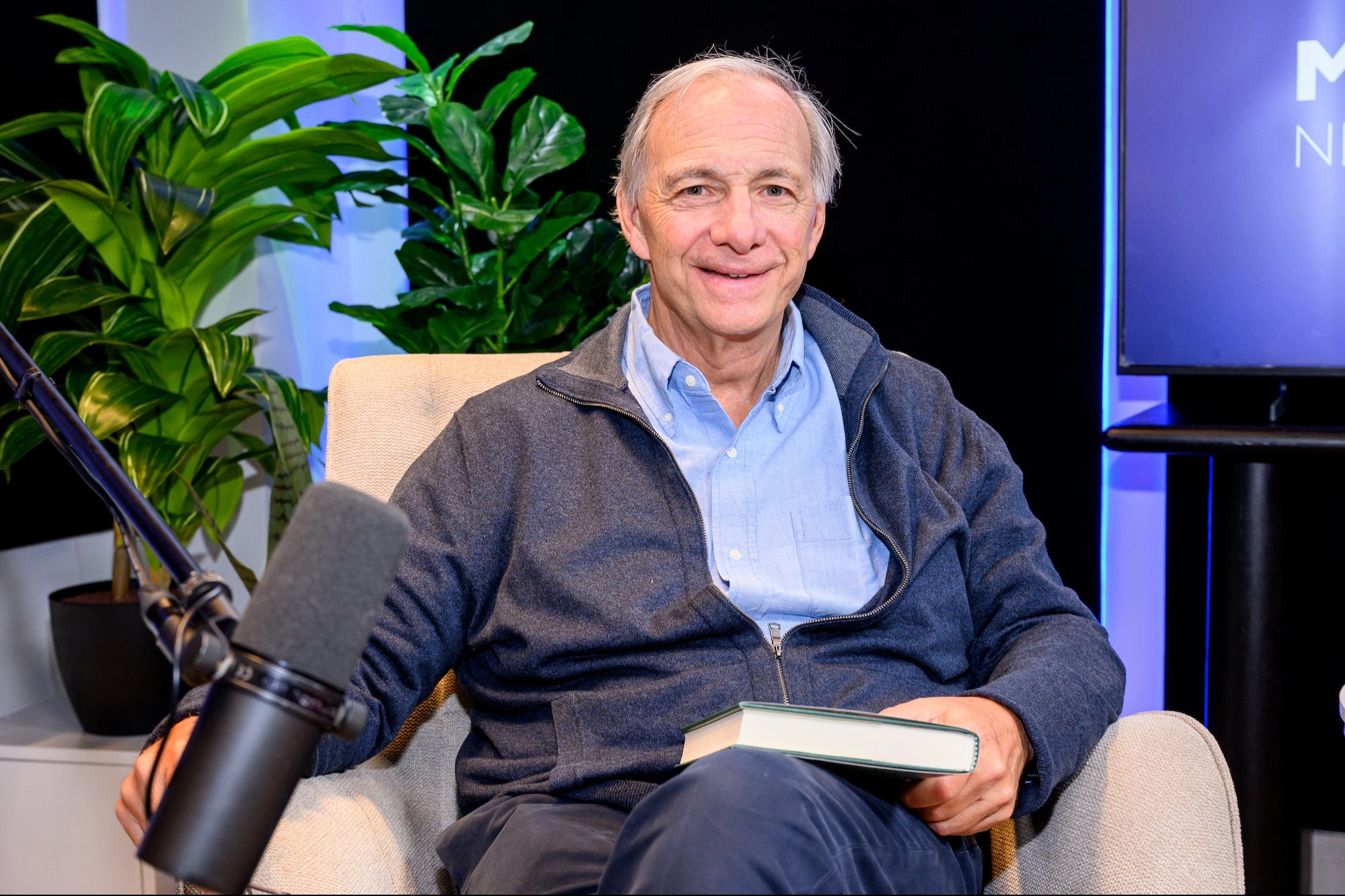Is the Customer Always Right? How to Understand Customer-Centric Thinking to Drive Engagement "The customer is always right" is not just a rule anymore; it's about exploring why customers want what they want.
By Francesco Fazio Edited by Micah Zimmerman
Key Takeaways
- Closing this gap between talk and action is the key to genuine customer-centricity.
- Try to shape an environment where every customer interaction resonates deeply.
Opinions expressed by BIZ Experiences contributors are their own.
Imagine a world where mattresses aren't just about sleep but are associated with beauty, stress relief and overall well-being, where millions of data points can predict when the "next big thing" is right around the corner. This is the world today, driven by ever-evolving consumer preferences, where companies strive to stay ahead by honing their customer-centric strategies.
Achieving business success means going beyond what customers say they want and digging into why they want it. This often reveals a gap between their words and actions. Businesses tend to make products based on guesses about what customers want, both from what they say and what's assumed. However, customers might struggle to express their needs clearly, and what they claim to prefer might not match what they're ready to spend on. Closing this gap between talk and action is the key to genuine customer-centricity.
For years, Treacy & Company by Cherry Bekaert has been exploring consumer centricity through work with our clients. Our recent interactions with innovators have inspired us to share our latest thinking. In this article, we will delve into the importance of uncovering deeper customer meaning and AI's role in helping to accelerate this customer discovery process.
Related: 10 Ways to Keep Making Your Clients Happier and Happier
The gap in customer-centricity
Amid the intricate landscape of consumer dynamics, a crucial gap often emerges between what customers vocalize and what they truly prioritize. Companies frequently design products based on their assumptions or direct customer feedback, which overlooks a vital reality. Customers' explicit desires may only sometimes reflect their true preferences or willingness to purchase a product.
Take the instance of sustainability; even though customers might stress their preference for eco-friendly options when faced with the prospect of paying more for such alternatives, a majority opt for convenience and affordability. This gap between words and actions is a pivotal point for companies to refine their customer-centric approach. It's where they can reshape strategies to truly meet customers' deeper motivations and bridge the divide between what's said and what's done.
Unveiling the deeper meaning
Human discussions and trends often carry a hidden depth beyond the surface. We are much more than our surface-level desires or expressed preferences. Consider the unassuming mattress — an everyday item that carries a remarkable weight of association. When thinking about mattresses, people often associate them with the "culture of sleep" (per MotivBase). In reality, customers implicitly instill mattresses with a broader meaning, encompassing beauty, stress relief and overall well-being.
Casper, a prominent player in the mattress industry, embraced this profound insight and launched their 2022 campaign, "This is where dreams begin." This initiative was fueled by a recognition that customers' authentic desires often reach beyond explicit preferences or assumptions. By tapping into these true motivations, Casper aimed to establish connections that resonate with customers on a fundamental level. This strategic shift acknowledges that customers seek more than just functional products — they yearn for solutions that align with their deeper aspirations.
There is untapped potential for companies to not only provide products but also offer holistic experiences that cater to customers' deeper emotions, forging lasting bonds of loyalty and satisfaction.
Related: What The Fastest-Growing Companies Have In Common
Transforming insights into actionable strategies
By analyzing long-form text from social/search channels and applying an anthropological lens, AI can play a pivotal role in helping uncover the hidden motivations and behaviors that shape customer preferences. From first-hand experience with our customers, we are finding that consumer behavior studies that once took ethnographers months to complete can now be done in weeks or even days.
For example, for a leading consumer brand's cleaning division, we recommended a sensing AI tool that could uncover opportunities to fill the R&D pipeline. By sensing millions of data points using search, social and new product data, we identified the emerging, maturing and declining trends related to the cleaning category by analyzing growth and size.
Related: How AI Can Turbocharge Innovation and Help Destroy Your Competition
This approach uncovered not only expected trends but also unexpected shifts. Instead of listening to a focus group of customers and sorting through reviews, the team could now better understand the true trends of the masses. These millions of consumer engagements led the team to find surprising and unfamiliar trends popping up in the category, which they were able to capitalize on by better prioritizing their R&D roadmap.
These stories offer a fresh way to see the old saying, "The customer is always right." It's not just a rule anymore; it's about exploring why customers want what they want. Customer-centricity means bridging the gap between words and actions, digging into the reasons behind surface desires and using AI to make smarter decisions. In a changing consumer landscape, those who understand this approach will be skilled at meaningful engagement and gain a strong competitive edge, shaping an environment where every customer interaction resonates deeply.











